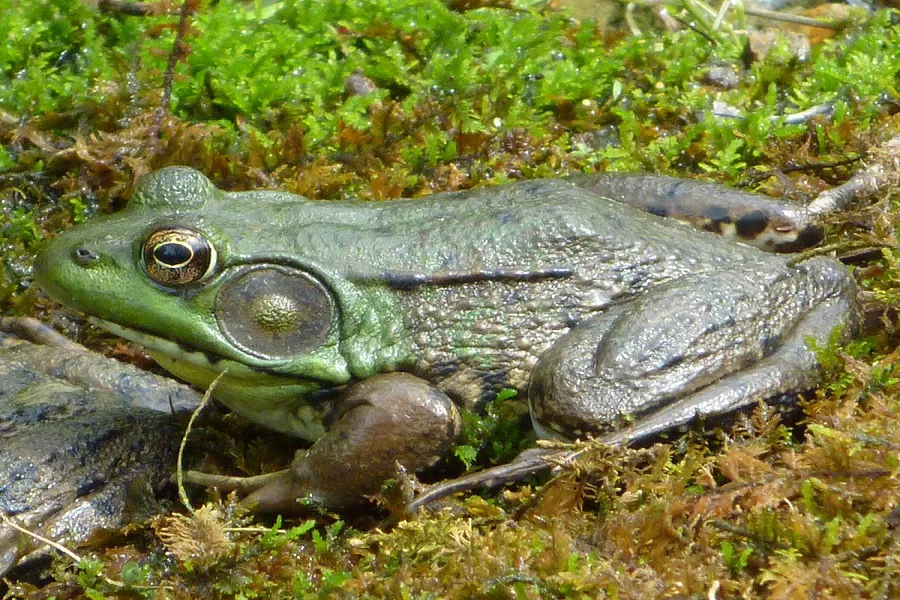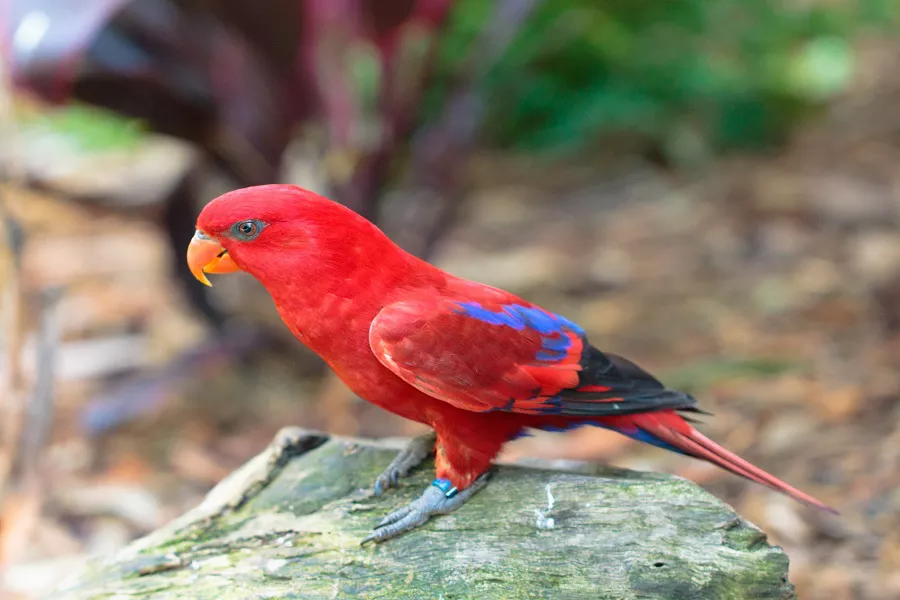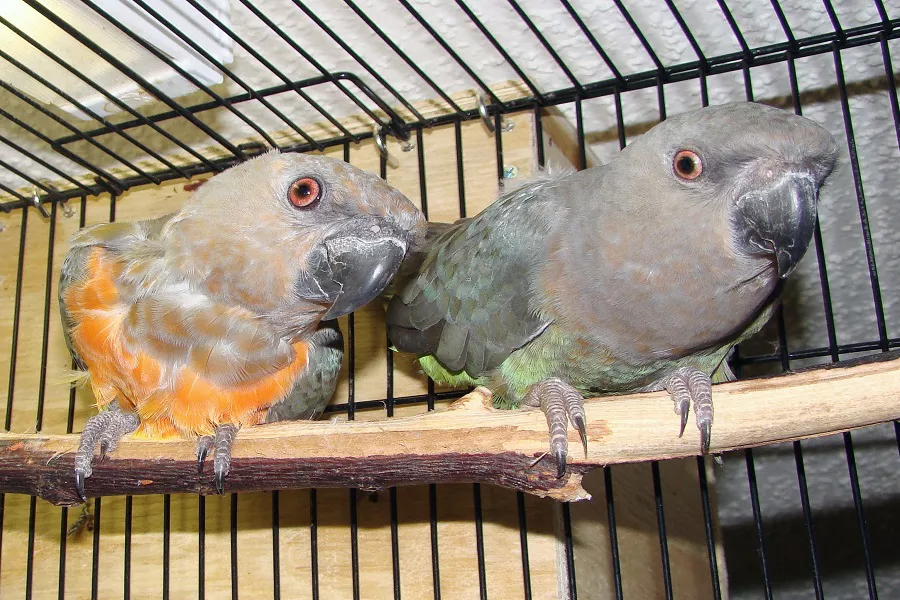What are lithobates clamitans?
lithobates clamitans (scientific name: Rana clamitans) 123 is a frog family, distributed in the United States and eastern Canada.
What do lithobates clamitans look like?
Lithobates clamitans are 5-10 cm in size and 28-85 g in weight. Females are large.
Males have a prominent vibrating membrane with a yellow larynx, while females have a white larynx and smaller eardrums. The dorsolateral ridge is prominent, in contrast to the lateral ridgeless American bullfrog. Bronze frogs vary widely in color, ranging from bronze to brown to light green depending on where they grow. Some rare species are blue.
Living habits of lithobates clamitans
Bronze frogs live in or near shallow water areas, such as creeks, creeks, swamps, ponds, and lakes, where plants are relatively abundant. They can also live in urban ponds. Frogs of this species are mainly nocturnal and are less sensitive than other species of frogs. Mature females are most easily captured during the breeding season. Rarely warns when caught.
Bronze frogs eat anything that can fit in their mouths, such as: crickets, flies, fish, crayfish, shrimp, grasshoppers, small frogs, tadpoles, small snakes, birds, mollusks, moths, and their own shedding Skin. Tadpoles eat algae and other aquatic plants.
lithobates clamitans rearing
The breeding season of bronze frogs is from April to July. Female frogs lay 3,000-10,000 eggs each time. They hatch into tadpoles after 3-7 days, and metamorphose into frogs after 3 months.


























